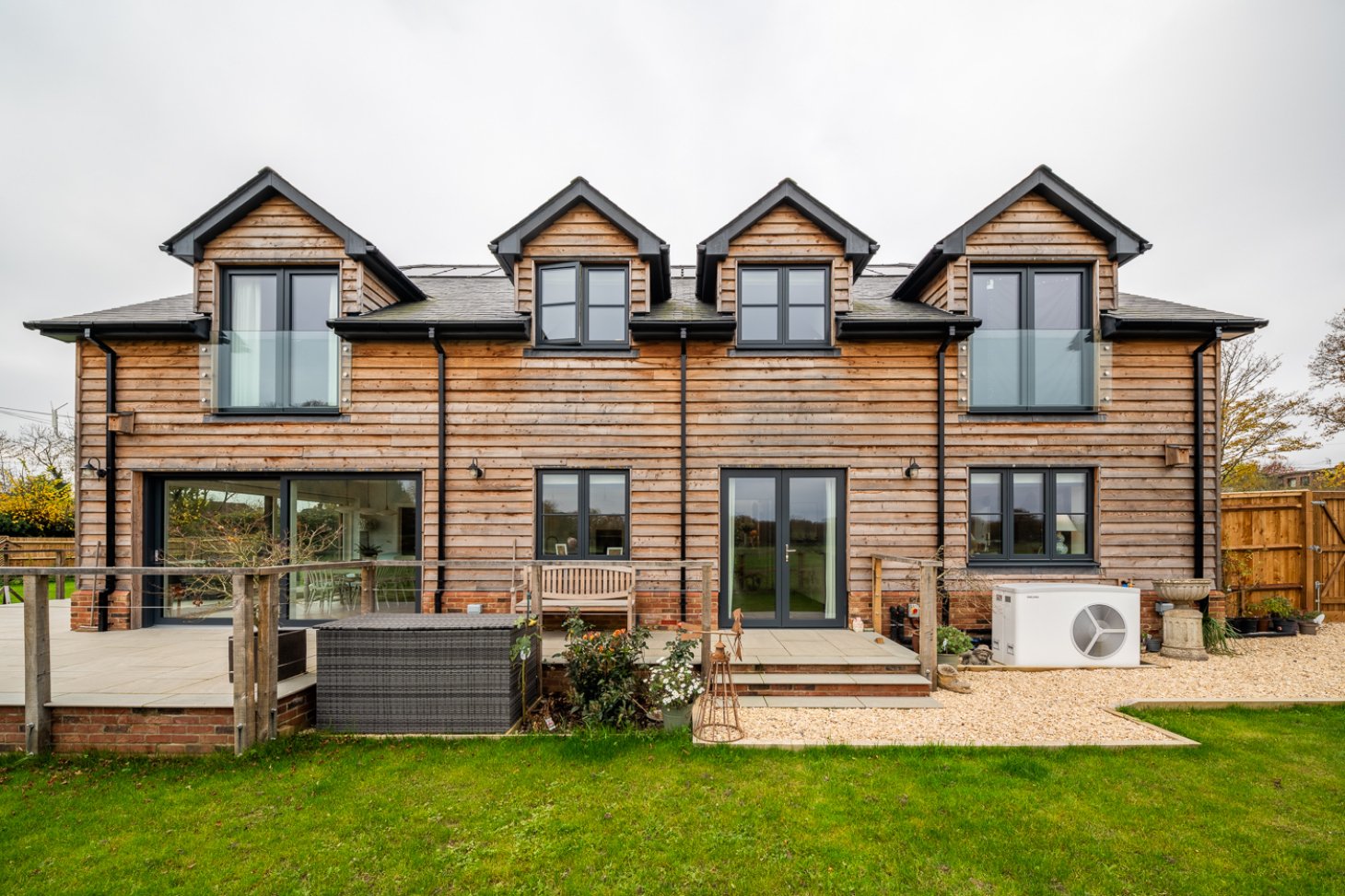
Having lived in an older Victorian property for many years, Perry Champion wanted to build his own energy efficient home. Airtightness and lower fuel bills were the goals for this self-build. To help achieve this he chose to build a masonry house using both Standard Grade and High Strength Grade Celcon Blocks.
Having experience as a brickwork contractor and being Brickwork Director at The Champion Group, Perry was familiar with Celcon Blocks and knew they could achieve what he wanted for his home. He also saw Celcon Blocks as a good choice of building material as they are lightweight and easy to work with.
Perry explained his choice of block, saying: “Celcon Blocks have excellent thermal properties that help to make the house extremely energy efficient. As a brickwork contractor I’ve always liked H+H aircrete blocks because they are light, workable and an all-round good product.”
Celcon Standard Grade 100mm Blocks were used to build the structure’s external cavity walls, with 140mm High Strength Grade units being used at the rear of the property to help support two large sliding doors.
Choosing an efficient building fabric is key to creating a home with excellent thermal performance. Final SAP calculations found an average external wall U-value of 0.14 W/m²K for Perry’s new home. This far exceeds the requirements for wall U-values outlined in the 2022 amendments to Part L of the building regulations of 0.18 W/m²K. To achieve Passivhaus certification – the gold standard in energy efficiency – wall U-values should be between 0.10 W/m2K and 0.15 W/m2K.
To further enhance thermal efficiency of the masonry walls, Perry used low thermal conductivity wall ties, minimising heat loss from the structure. The house is wrapped in a waterproof membrane and finished with attractive larch cladding.
While Perry’s home did not meet the requirements for Passivhaus accreditation, it is still incredibly well insulated and thermally efficient. The house achieved top marks for energy efficiency receiving an EPC rating of A, with the only suggested improvement being the addition of a wind turbine. This result was accomplished through a combination of an airtight building fabric, an air source heat pump, mechanical MVHR, and solar panels.
The 4,000 square feet four-bedroom five-bathroom home took nine months and 10 days to finish with Perry acting as a full-time project manager for the build.
Perry documented the build on his Instagram account @shawfield_next_chapter_, where you can see him go from foundations to finished house.